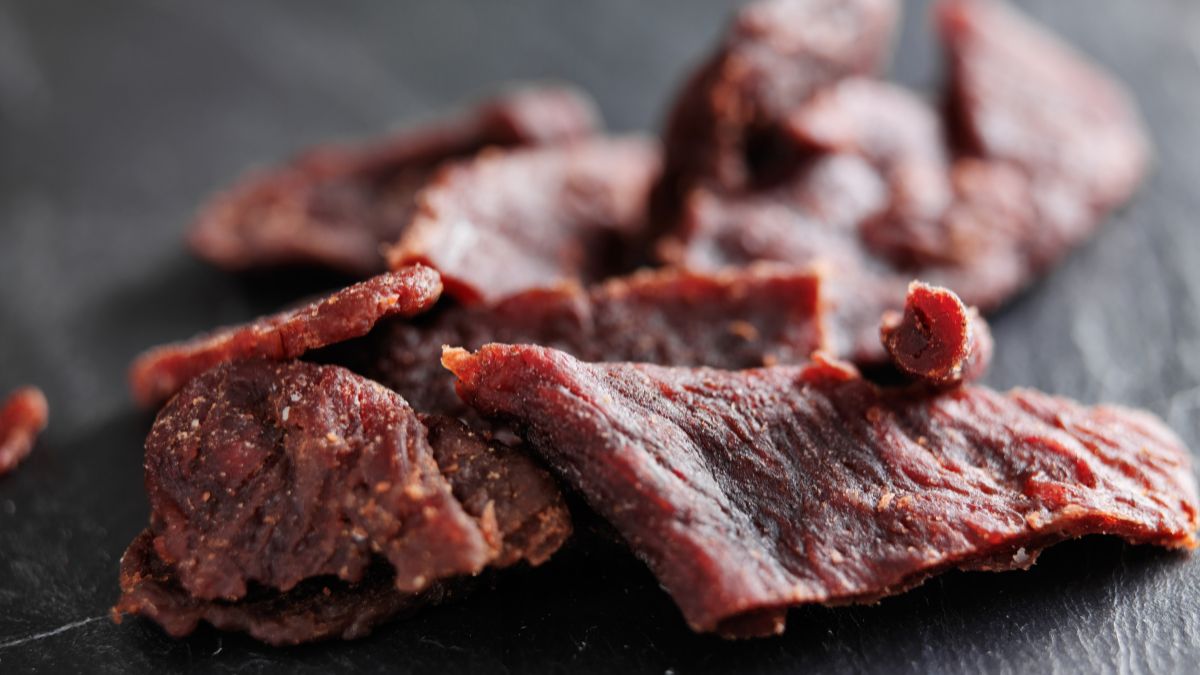Short Answer: If you accidentally eat moldy beef jerky, you may experience various health issues due to the presence of harmful mycotoxins produced by some types of mold.
Beef jerky is a type of dried meat that is often seasoned with salt, spices, and other ingredients.
It is a popular snack that can last for a long time if stored properly.
If you accidentally eat moldy beef jerky, you may experience various health issues.
Moldy beef jerky can contain harmful substances called mycotoxins, which are produced by some types of mold.
Mycotoxins can cause allergic reactions, respiratory distress, and in severe cases, can be toxic.
This is because beef jerky can grow mold during curing, transportation, and at home if not stored properly.
Mold is a microscopic fungus that can thrive on plant and animal matter.
Mold can appear as white, green, or black spider web-type growth on the surface of beef jerky.
Mold can spoil the taste, texture, and quality of beef jerky.
It can also reduce the nutritional value and shelf life of the product.
Mold can also contaminate other foods that are stored near moldy beef jerky.
It is quite uncommon to eat moldy beef jerky due to its low moisture content and high salt content, which are natural preservatives.
However, some factors can increase the risk of mold growth, such as high humidity, poor packaging, improper storage, and inadequate drying.
You can prevent or treat the symptoms of mold exposure by following these steps:
- If you notice any signs of mold on beef jerky, do not eat it and discard it immediately. Do not try to cut off the moldy parts and eat the rest, as the mold may have spread throughout the meat.
- If you have already eaten moldy beef jerky, monitor your health and seek medical attention if you experience any adverse reactions, such as nausea, vomiting, diarrhea, fever, cough, wheezing, or difficulty breathing.
- To prevent mold growth on beef jerky, store it in a cool, dry, and dark place, preferably in an airtight container or a vacuum-sealed bag. Avoid exposing it to heat, light, and moisture, which can promote mold growth.
- To ensure the safety and quality of beef jerky, buy it from reputable sources, check the expiration date, and follow the storage instructions on the label. You can also make your own beef jerky at home by using lean meat, proper seasoning, and adequate drying methods.
Finally, remember, beef jerky is a delicious and nutritious snack that can last for a long time if stored properly.
Read Next
However, it can also grow mold if not handled or preserved correctly, which can pose health risks.
Therefore, always inspect your beef jerky before eating it and discard it if you find any signs of mold.

